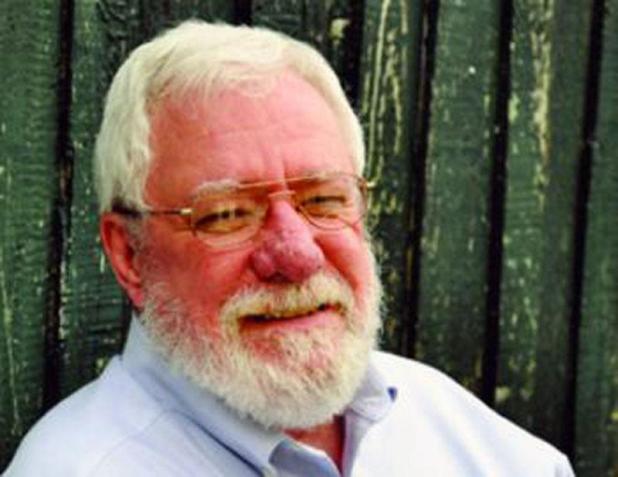
Jim Bradshaw
Dust cloud darkened skies, dirtied homes
April 14, 1935, is still referred to as Black Sunday in the American Midwest because that was the worst day of one of the worst dust storms in U.S. history. More than 300,000 tons of topsoil were blown away during that storm, some of it landing in south Louisiana.
It didn’t turn mid-day into midnight like it did in some places, but it did darken and dirty us up.
The National Weather Service account said that other storms had preceded this one, but none were as bad.
“The 1930s were times of tremendous hardship on the Great Plains. Settlers dealt not only with the Great Depression, but also with years of drought that plunged an already-suffering society into an onslaught of relentless dust storms for days and months on end. They were known as dirt storms, sand storms, black blizzards, and ‘dusters.’ It seemed as if it could get no worse, but on Sunday, the 14th of April 1935, it got worse.,” according to that report
“The day is known in history as ‘Black Sunday,’ when a mountain of blackness swept across the High Plains and instantly turned a warm, sunny afternoon into a horrible blackness that was darker than the darkest night. Famous songs were written about it, and on the following day, the world would hear the region referred to for the first time as ‘the Dust Bowl,’” (“The Black Sunday Dust Storm of 14 April 1935,” Norman Oklahoma Weather Forecast Office.)
The storm had blown up weeks before Black Sunday, and the cloud began to arrive in south Louisiana on Thursday, April 11, when the Eunice newspaper reported, “The sun lost in an attempt to spread its rays.” It was nothing like the black blizzard that brought devastation elsewhere, but all across south Louisiana dust seeped into and spread over everything.
As the Jennings News reported, “residents got a close-up picture of the devastating dust storm which for several months has been playing havoc with the Great Plains states. … Throughout the morning the skies were gray and heavily dust laden as the cloud bearing thousands of acres of topsoil from Kansas and Oklahoma passed over the city.”
The Associated Press reported, “Lake Charles residents, indoors and out, were irritated Thursday by the odor of flying dust, which banked on window sills and even penetrated into rooms through closed windows.”
The Crowley Signal said that town “felt a touch of what a real dust storm might be like.” The dust cloud also reached there on Thursday morning and “continued to increase during the late afternoon until visibility was reduced to about a half a mile.”
Merchants in Bunkie were forced to close up shop as the dust grew worse on Thursday afternoon and, according to the AP, St. Martinville and Opelousas were “dust coated.” In many places “motorists had to keep their headlights on during daylight hours” and planes were grounded in Shreveport and Monroe because of the poor visibility.
By Saturday, Alexandria and other places reported the dust cloud had grown even darker and that particles “began to sift inside of buildings.” People who ventured out of doors had to tie handkerchiefs across their faces. The Town Talk reported that the sun was “obscure, not by clouds, but by dust the intensity of which has increased during the day.”
New Orleans was spared much of it. Isaac Cline, the veteran weather forecaster there, reported “dust aloft” but said most of it was blowing past the city on winds generally from the northwest. He recalled that another dust cloud had blown over the city almost exactly a year before.
The regularity of those storms and their growing destruction eventually caught the eye of Congress, which had just begun to take up the questions raised when the Black Sunday storm choked and blinded half the nation. That big storm helped speed deliberations, and they were also helped by a timely demonstration by Mother Nature.
According to the Weather Service account, “The blowing dust … was attributed not only to dry weather, but to poor soil conservation techniques that were in use at the time. In March 1935 (several weeks before Black Sunday), one of President [Franklin] Roosevelt’s advisors, Hugh Hammond Bennett, testified before congress about the need for better soil conservation techniques. Ironically, dust from the Great Plains was transported all the way to the East Coast, blotting out the sun even in the Nation’s capital. Mr. Bennett only needed to point out the window to the evidence supporting his position, and say, ‘This, gentlemen, is what I’ve been talking about.’ Congress passed the Soil Conservation Act before the end of the year.”
You can contact Jim Bradshaw at jimbradshaw4321@gmail.com or P.O. Box 1121, Washington LA 70589.
